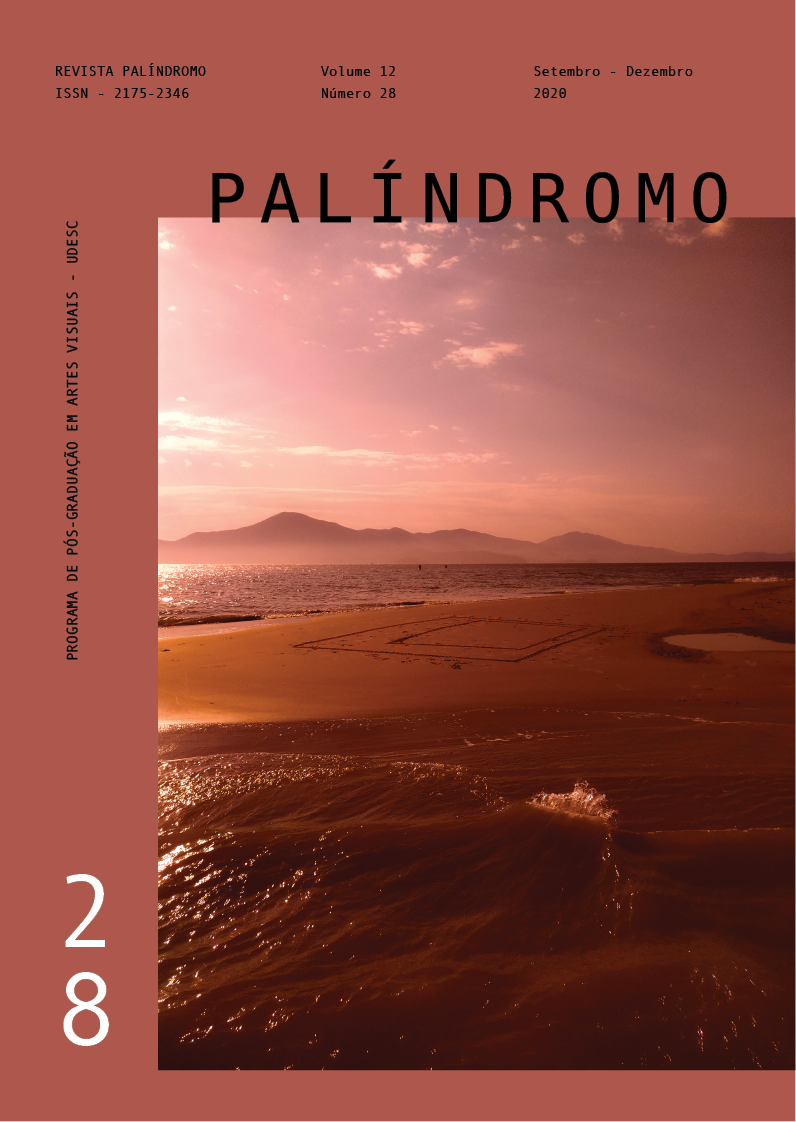Notas sobre possíveis origens da comunicação humana
DOI:
https://doi.org/10.5965/2175234612282020179Keywords:
comunicação, palavra, imagem, linguagem, arteAbstract
A arte da comunicação humana dependeu do desenvolvimento de códigos baseados na intencionalidade compartilhada entre os grupos, evoluindo dos gestos indicativos e miméticos para signos mais complexos, até alcançar a linguagem verbal, dentre outros sistemas de signos que comportam a cultura humana. Palavras, números, imagens, música, gestos, enfim, uma grande variedades de signos compõem as linguagens da cultura, com as quais os humanos produzem seus conhecimentos, como sua arte.
Downloads
References
BOEHM, Gottfried. Aquilo que se mostra. Sobre a diferença icônica. In: ALLOA, Emmanuel. Pensar a imagem. Belo Horizonte: Autêntica Editora, 2015.
CLAUD, Daniel. The domestication of language: cultural Evolution and the uniqueness of the human animal. New York: Columbia University Press, 2015.
COSTA, Lígia Militz da. A poética de Aristóteles. São Paulo: Ática, 2006.
DAMASIO, Antonio. A estranha ordem das coisas: as origens biológicas dos sentimentos e da cutura. São Paulo: Companhia das Letras, 2018.
EAGLEMAN, David. Incognito: the secret lives of the brain. New York: Randon House, 2011.
ECO, Umberto. Da árvore ao labirinto: estudos históricos sobre o signo e a interpretação. Rio de Janeiro: Record, 2013.
_____ . Da árvore ao labirinto: estudos históricos sobre o signo e a interpretação. Rio de Janeiro: Record, 2013.
EVERETT, Daniel L. How language began: the history of humanity’s greatest invention. New York: Liveright Publishing Corporation, 2017.
LOBEL, Thalma. Sensation: the new science of phisical intelligence. New York: Atria books, 2014.
TOMASELLO, Michael. The cultural origins of human cognition. Massachusetts: Harvard University Press, 1999.
_____ . Origins of human communication. Massachusetts: MIT Press, 2010.
Downloads
Published
How to Cite
Issue
Section
License
Copyright (c) 2020 Palíndromo

This work is licensed under a Creative Commons Attribution 4.0 International License.
COPYRIGHT STATEMENT
The articles published by the magazine are free to use, intended for academic and non-commercial applications. Copyright is all assigned to the magazine. The articles whose authors are identified represent the expression from the point of view of their authors and not the official position of Palíndromo Magazine. The author (s) commits to whenever they publish material referring to the article published in Palíndromo mention this publication as follows:
This article was originally published by Palíndromo magazine in its volume (place the volume), number (place the number) in the year of (place the year) and can be accessed at: http://www.revistas.udesc.br/index.php/palindromo


